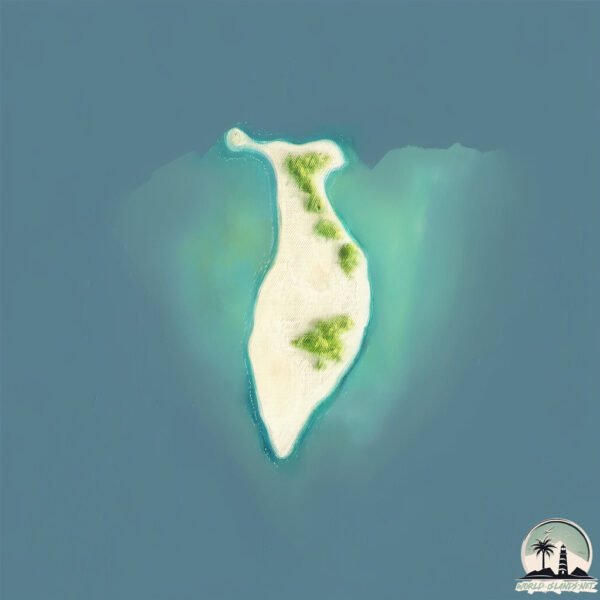Delambre

Welcome to Delambre, a Dry island in the Indian Ocean, part of the majestic Indian Ocean. This guide offers a comprehensive overview of what makes Delambre unique – from its geography and climate to its population, infrastructure, and beyond. Dive into the details:
- Geography and Size: Explore the island’s size and location.
- Climate and Weather: Weather patterns and temperature.
- Topography and Nature: Uncover the natural wonders of the island.
- Infrastructure and Travelling: Insights on reaching, staying, and making the most of your visit.
- News and Headlines: Latest News.
Geography and size of Delambre
Size: 3.949 km²
Coastline: 12 km
Ocean: Indian Ocean
Sea: Indian Ocean
Continent: Oceania
Delambre is a Small Island spanning 3.9 km² with a coastline of 12 km.
Archipel: –
Tectonic Plate: Australia – A major tectonic plate covering Australia, New Zealand, and parts of the Indian and Pacific Oceans, known for its relative stability and occasional seismic activity.
The geographic heart of the island is pinpointed at these coordinates:
Latitude: -20.44793251 / Longitude: 117.07771033
Climate and weather of Delambre
Climate Zone: Dry
Climate Details: Hot Deserts Climate
Temperature: Hot
Climate Characteristics: Dominated by extremely hot temperatures, this climate is marked by minimal rainfall and barren landscapes. Nights often experience drastic temperature drops.
Topography and nature of Delambre
Timezone: UTC+08:00
Timezone places: Australia/Perth
Max. Elevation: 10 m
Mean Elevation: 7 m
Vegetation: Shrubland
Tree Coverage: 76%
The mean elevation is 7 m. The highest elevation on the island reaches approximately 10 meters above sea level. The island is characterized by Plains: Flat, low-lying lands characterized by a maximum elevation of up to 200 meters. On islands, plains are typically coastal lowlands or central flat areas.
Dominating Vegetation: Shrubland
Dominated by shrubs and small bushes, these areas are typical in dry, rocky, or sandy environments, as well as in regions with poor soil fertility. Delambre has a tree cover of 76 %.
Vegetation: 3 vegetation zones – Moderately Diverse Island
These islands start to show a broader range of ecological niches. With three vegetation zones, they may offer a mix of ecosystems like coastal areas, inland woods, and perhaps a distinct wetland or dry area. This diversity supports a wider range of flora and fauna, making these islands more ecologically complex than those with minimal diversity.
Infrastructure and Travelling to Delambre
Does the island have a public airport? no.
There is no public and scheduled airport on Delambre. The nearest airport is Karratha Airport, located 43 km away.
Does the island have a major port? no.
There are no major ports on Delambre. The closest major port is PORT WALCOTT, approximately 24 km away.
The mean population of Delambre is 0 per km². Delambre is Uninhabited. The island belongs to Australia.
Continuing your journey, Legendre is the next notable island, situated merely km away.
Delambre Island (Western Australia)



Australia is classified as Developed region: nonG7: Developed economies outside of the Group of Seven, characterized by high income and advanced economic structures. The level of income is High income: OECD.
News – Latest Updates and Headlines from Delambre
Stay informed with the most recent news and important headlines from Delambre. Here’s a roundup of the latest developments.
Please note: The data used here has been primarily extracted from satellite readings. Deviations from exact values may occur, particularly regarding the height of elevations and population density. Land area and coastline measurements refer to average values at mean high tide.
